At the beginning of 2023, we were lucky enough to capture four lynx cubs in the Slovenian Alps for telemetry tracking. The first one, Rozi, is a female offspring of a lynx pair, which was translocated to the Slovenian Alps from the Carpathians in 2021. The other three, Meri, Flori and Andrej, represent the first generation of lynx born in the Triglav National Park. Their parents were also translocated from the Carpathians with the aim of establishing a new part of the Dinaric – SE Alpine lynx population in the Slovenian Alps.
During the past year, we have tracked all four lynx cubs on their way to independence as adolescent lynxes. Rozi and Meri soon met and spent the warm part of the year together in the area between Zajamniki and the Triglav Lakes valley. In the meantime, they met many times, which is good news for the future of the lynx in the Alps. This pair also surprised us the most with their movements, as they both spent a lot of time at altitudes above 2000m, i.e. above the forest line. By inspecting their GPS locations, we found that they were staying in extremely quiet areas with enough prey. While Meri has stayed in the mountains above Lake Bohinj to this day, Rozi started spending more time in the warmer side of the Julian Alps where she visited the Krn Lake and the Soča River.
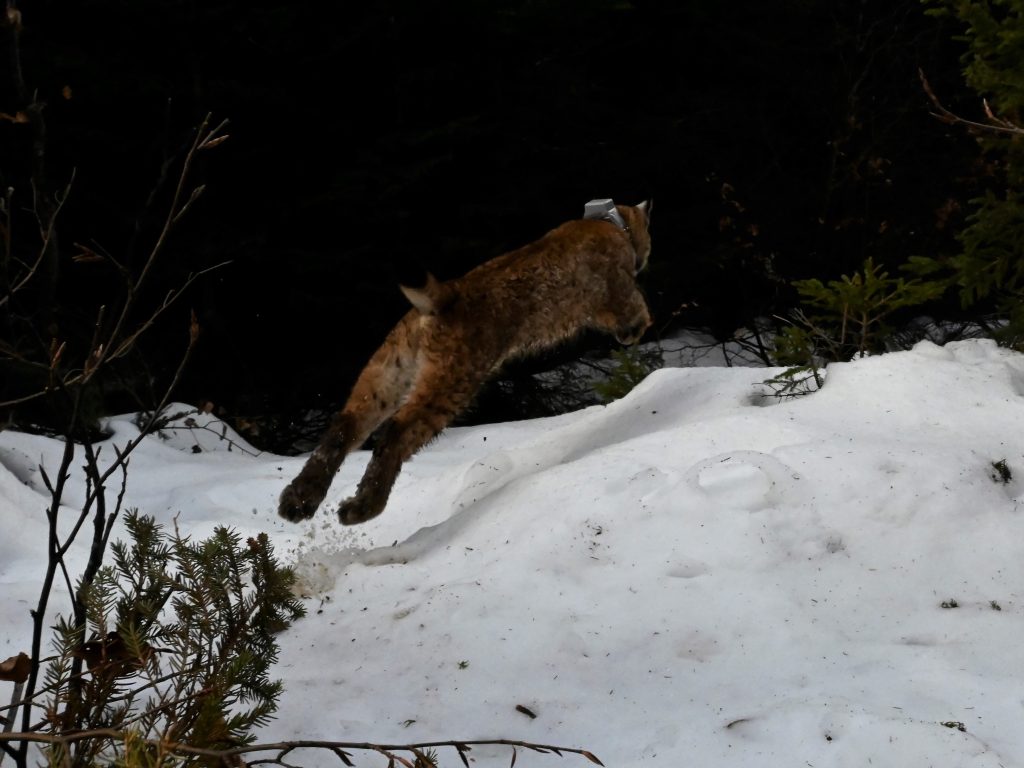
Lynx Meri. Photo Igor Pičulin
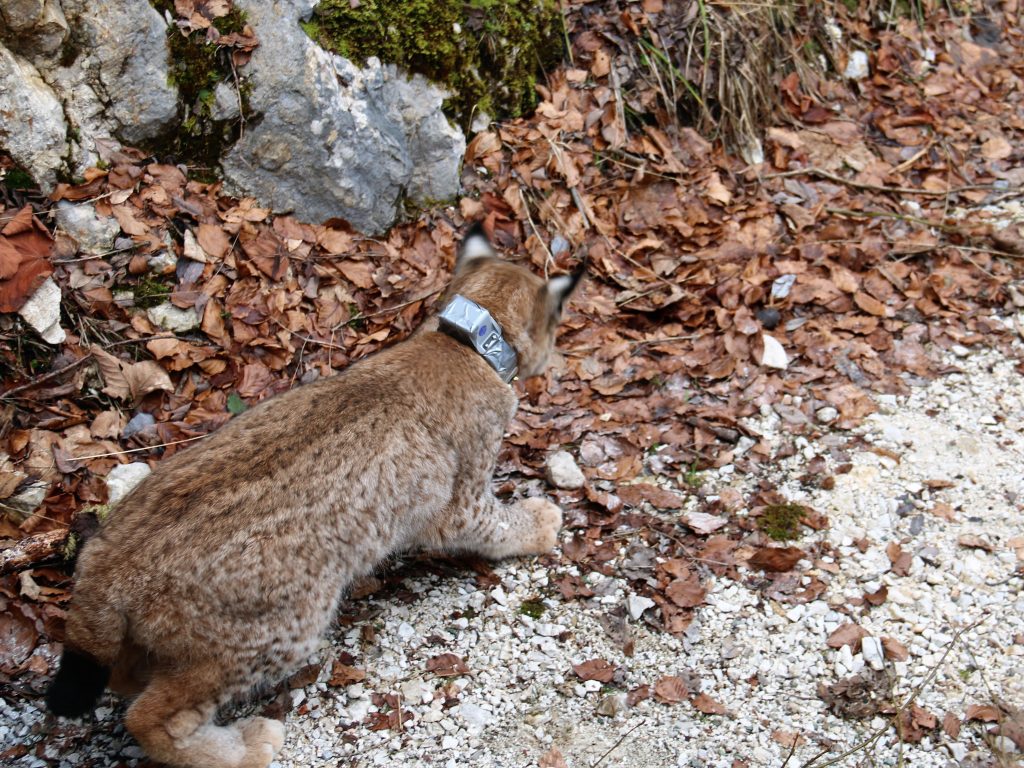
Lynx Rozi.
The siblings Andrej and Flori shared the northwestern part of the Julian Mountains. Andrej spent a lot of time in Vršič, the Pišnica and Tamar valleys and in Trenta. While he occupies most of the Slovenian territory in this part of the Julian Mountains, Flori has consequently found a place for himself in neighbouring Italy, where he scouts the valleys and ridges south of Tarvisio.
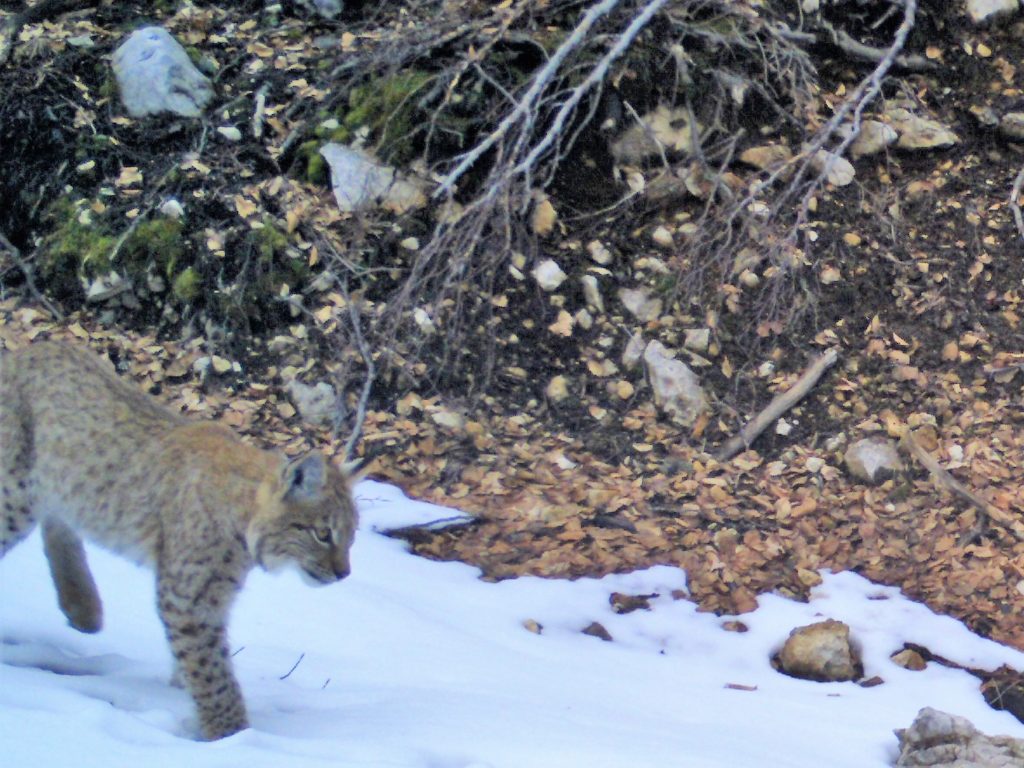
Lynx Andrej.
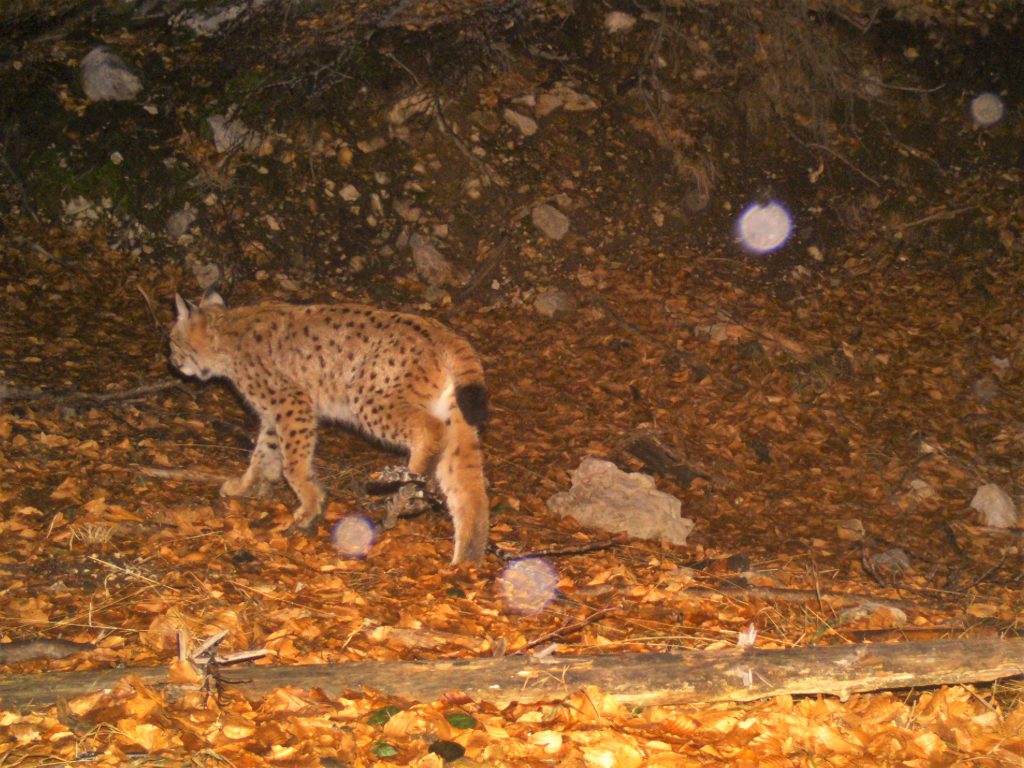
Lynx Flori.
The four young lynx showed us that every lynx eventually finds its own home range, away from its parents. Males do not share the space, but a male and a female, like Rozi and Meri, happily do. We will continue to monitor the young lynx using telemetry to see how they will spend the winter in the high mountains. The tracking will also show us if they will persist, or continue to shape their home range in the process of strengthening the stability of the lynx population in the Alps.
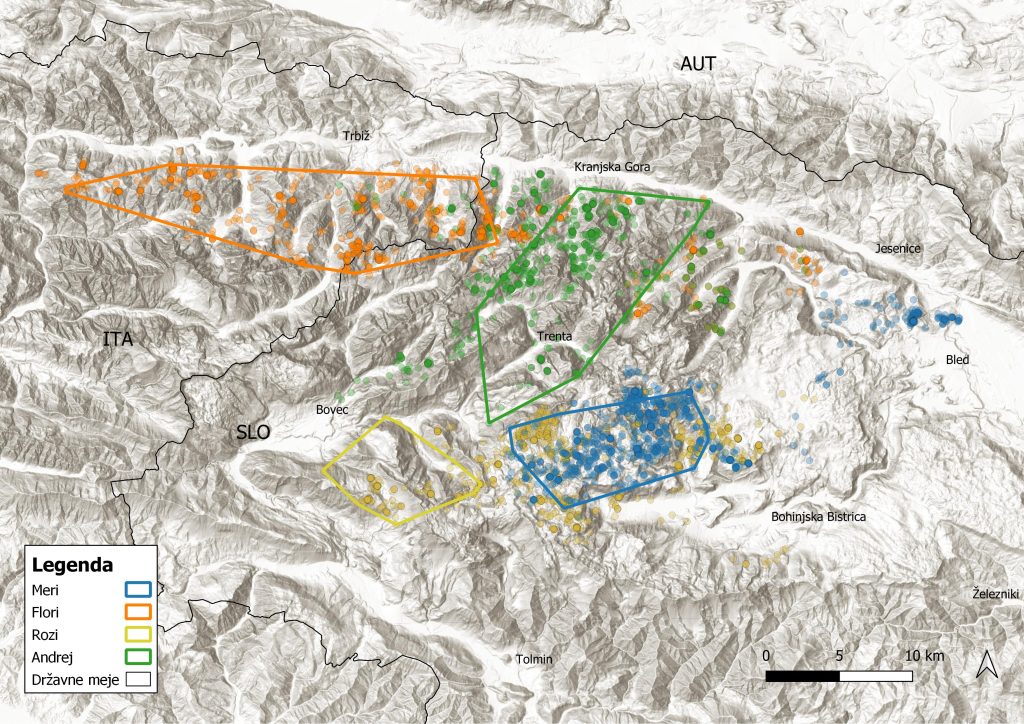
The dots on the map represent all the locations of each lynx from the time of capture until mid-December, while the polygons show the range of their movements for the last month and a half.
